Intercropping strawberries in the garden: 8 plants to use and 8 to keep away from your strawberries

Intercropping is a well-established and widely recognized practice when it comes to plant cultivation. In short, intercropping can be defined as: the practice of growing two or more crops in close proximity to each other in order to allow for biological interaction.
An exchange and sharing of nutrients, shade and defenses against parasites are the main advantages of intercropping and, for this reason, it is important to know how to do it correctly.
Amongst other plants, strawberries can also benefit from intercropping. So, what can be grown next to/near strawberries? And what plants must be kept away? Let's find out below:
1. Plants to grow next to strawberries
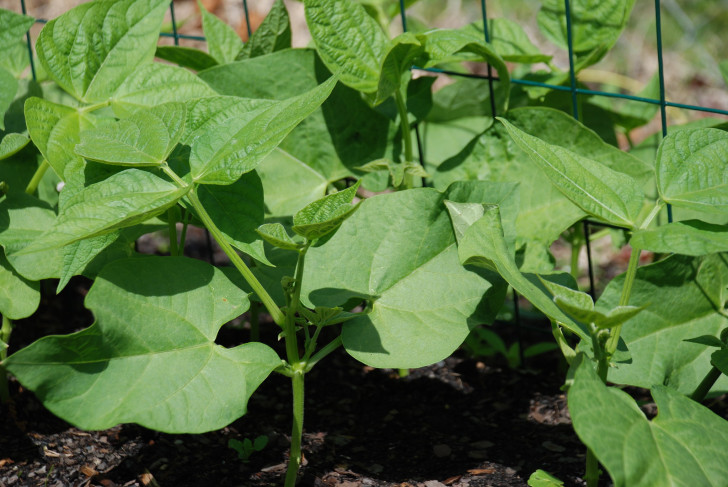
Green beans
Green beans are legumes that release nitrogen into the soil from their roots and strawberries will benefit from an exchange of nitrous nutrients between the two species.
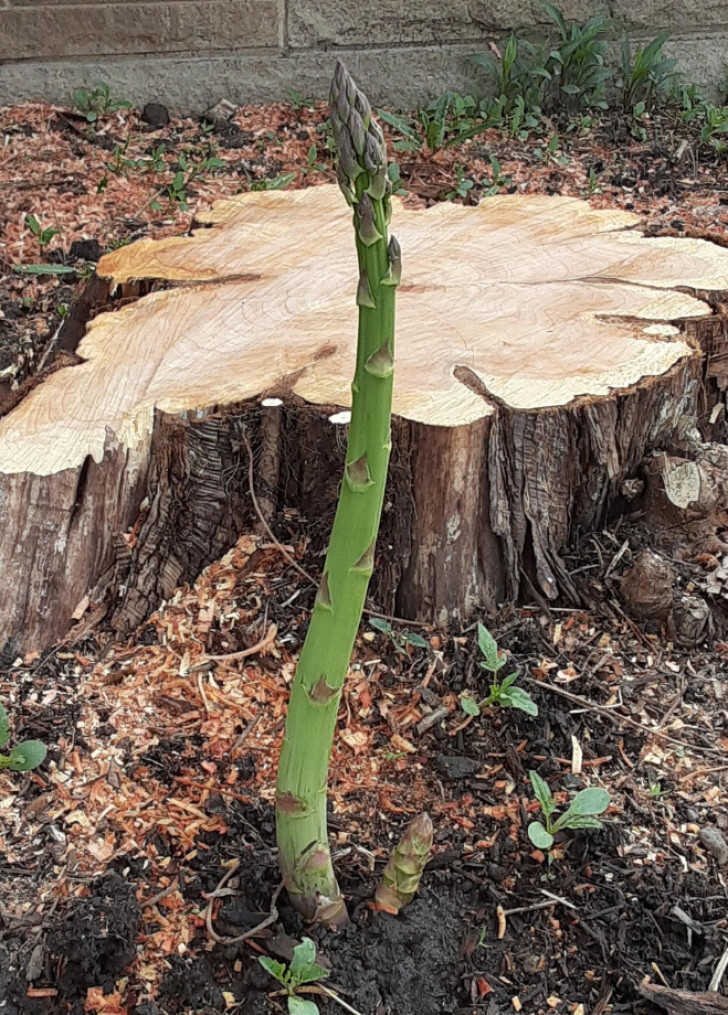
Asparagus
Strawberries and asparagus are excellent "companions" and are often grown together. Both plants are perennials that emerge in spring and are harvested at the same time. These two crops do not get in the way of each other since strawberries have shallow roots, while asparagus roots are deeper.
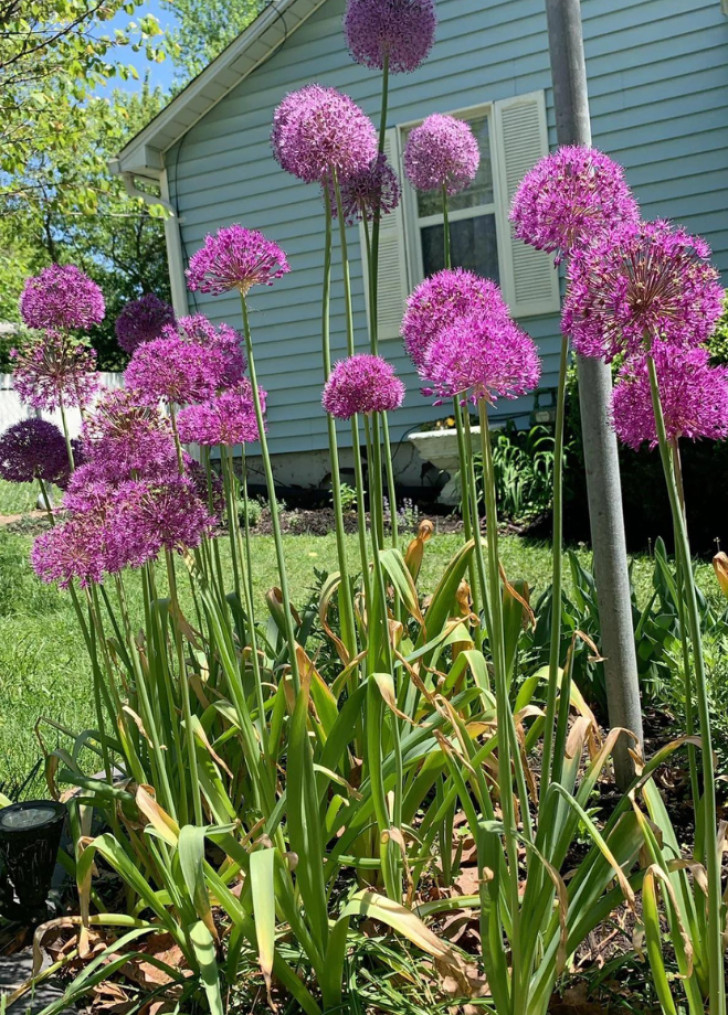
Allium
Alliaceae species such as chives, onions, garlic and leeks can be successfully grown alongside strawberries. These plants will protect the strawberries from parasites such as mites, aphids, snails (which do not like the smell of Alliaceae) and also inhibit the growth of damaging fungi, such as fusarium.
Chives, in particular, are perfect for intercropping with strawberries thanks to their small size (which allows them to be grown in small flowerbeds), and their ability to attract pollinators.
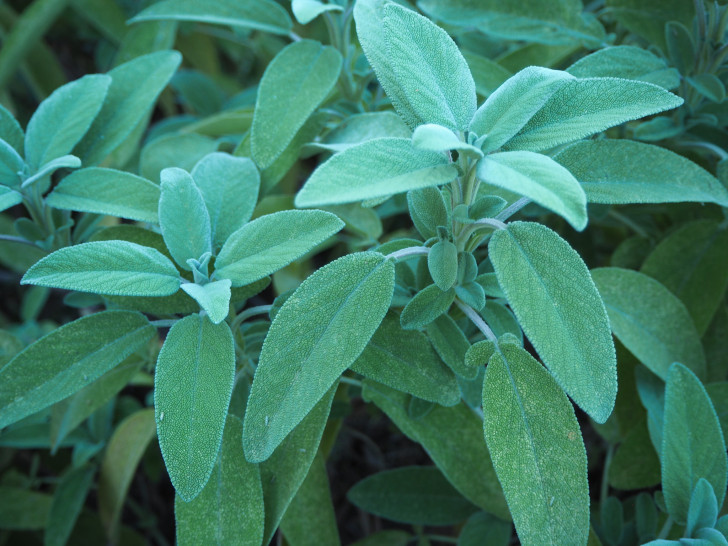
Sage
Sage flowers, like those of chives, attract pollinating insects to strawberries; at the same time, its scent can keep parasites away by masking the smell of strawberries.
Lettuce
Another excellent companion for strawberries is lettuce. Compact and with broad leaves, lettuce can cover and hide the red fruit of strawberries from predatory birds.
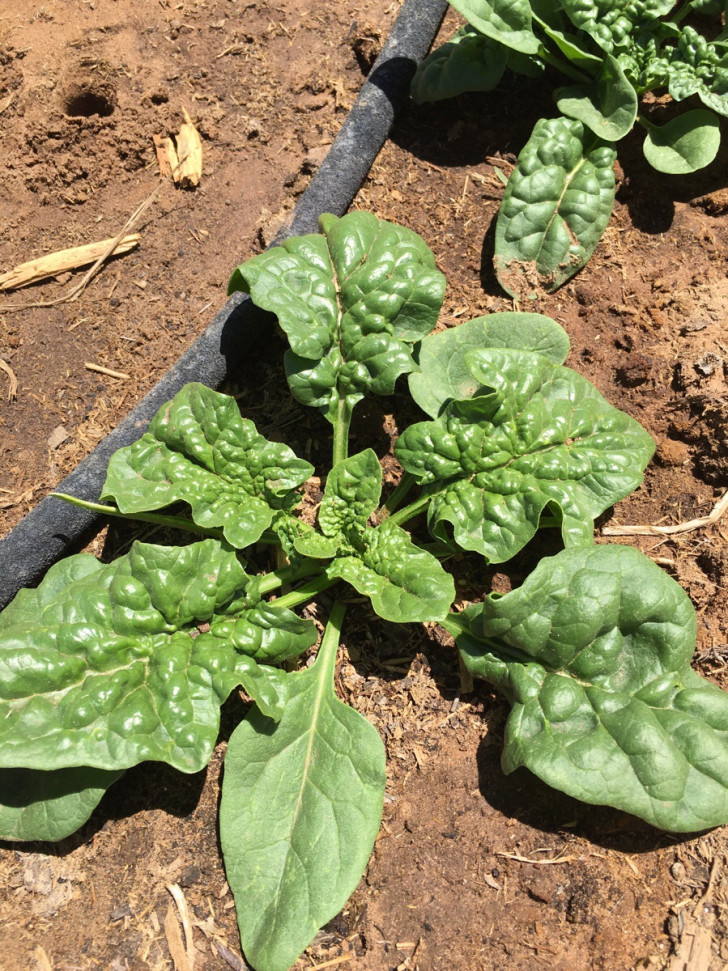
Spinach
Spinach, like lettuce, can protect strawberries from predators with their large leaves; spinach also contains a bitter saponin which acts as a natural repellent for parasites.

Radishes
Intercropping strawberries with radishes will improve the taste of the produce of both species.
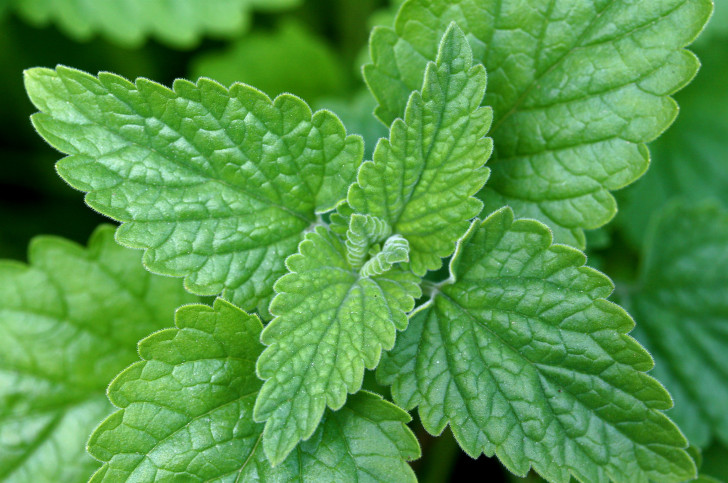
Nepeta cataria
Also known as catnip or cat mint, this plant belongs to the same family as common aromatic herbs such as sage, marjoram and rosemary and its common name comes from how much cats love this plant (catnip). Its leaves contain compounds capable of acting as natural insect repellents, which is why it is useful for protecting strawberries from parasites such as mites and aphids.
2. Plants to avoid growing near to strawberries
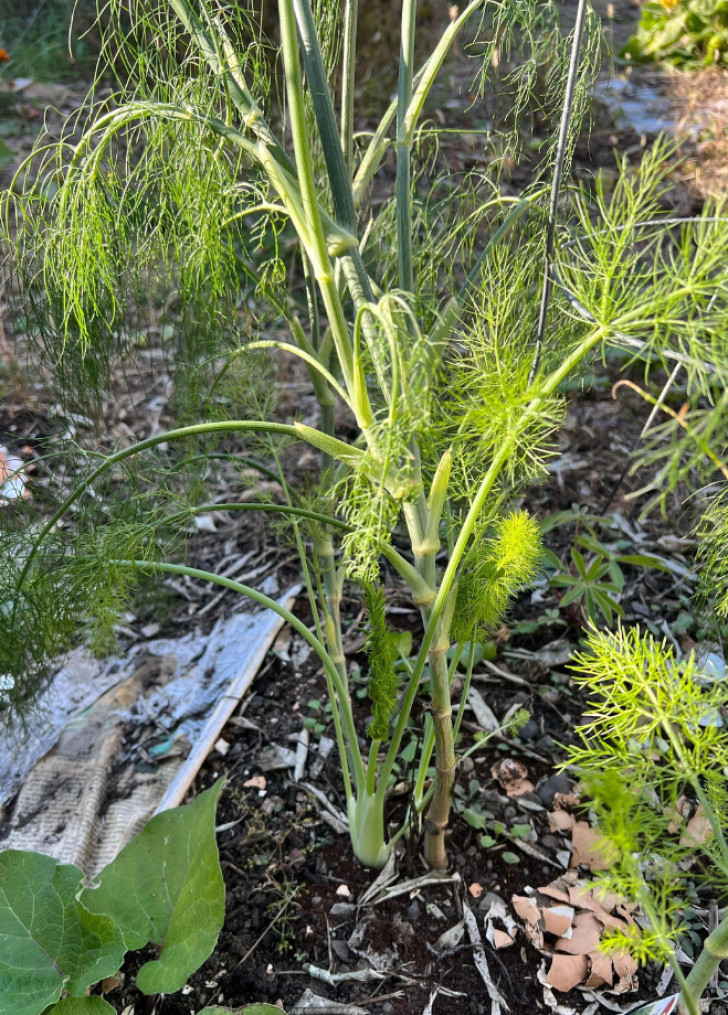
Fennel
Fennel is not suitable for intercropping (although its scent is a natural insect repellent), as it inhibits the growth of other plants and alters the flavor of their fruit.
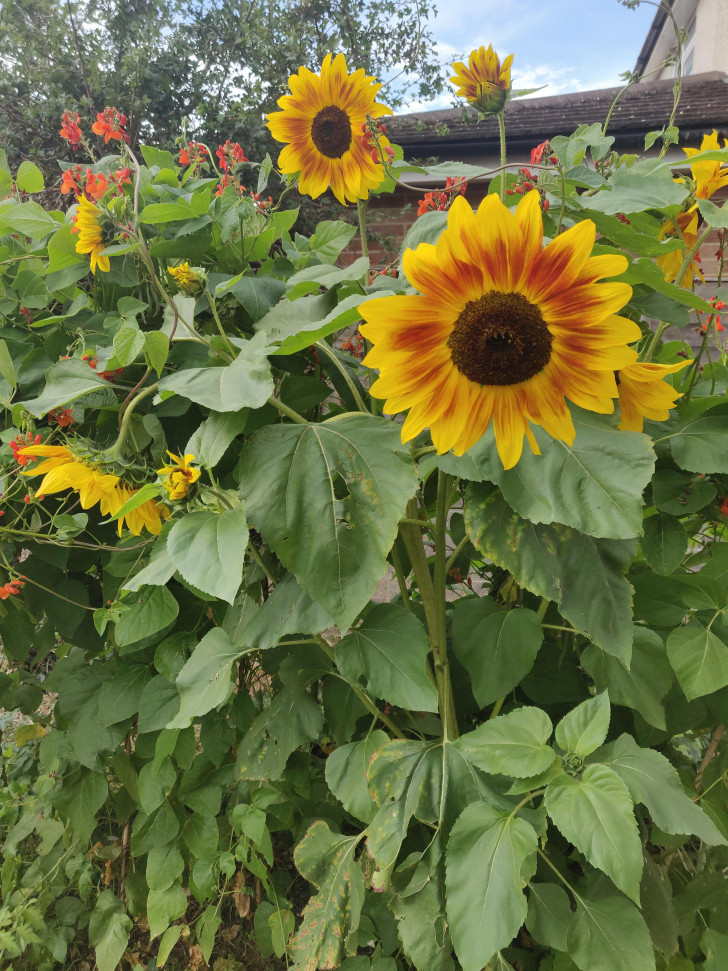
Sunflowers
Sunflowers, like all tall plants in general, create too much shade for strawberries, inhibiting photosynthesis and causing a poor strawberry crop.
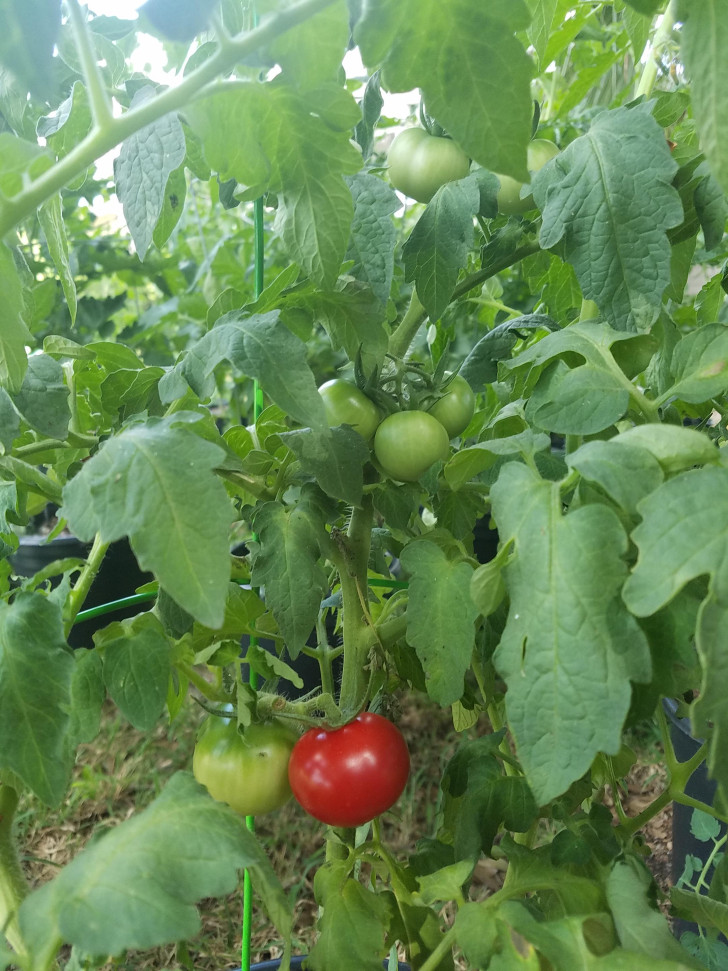
Tomatoes
Tomato plants are vulnerable to Verticillium - a fungus that causes wilting - and can easily transmit this fungus to strawberries.
For the same reason, it is best to avoid intercropping strawberries with aubergines and potatoes.
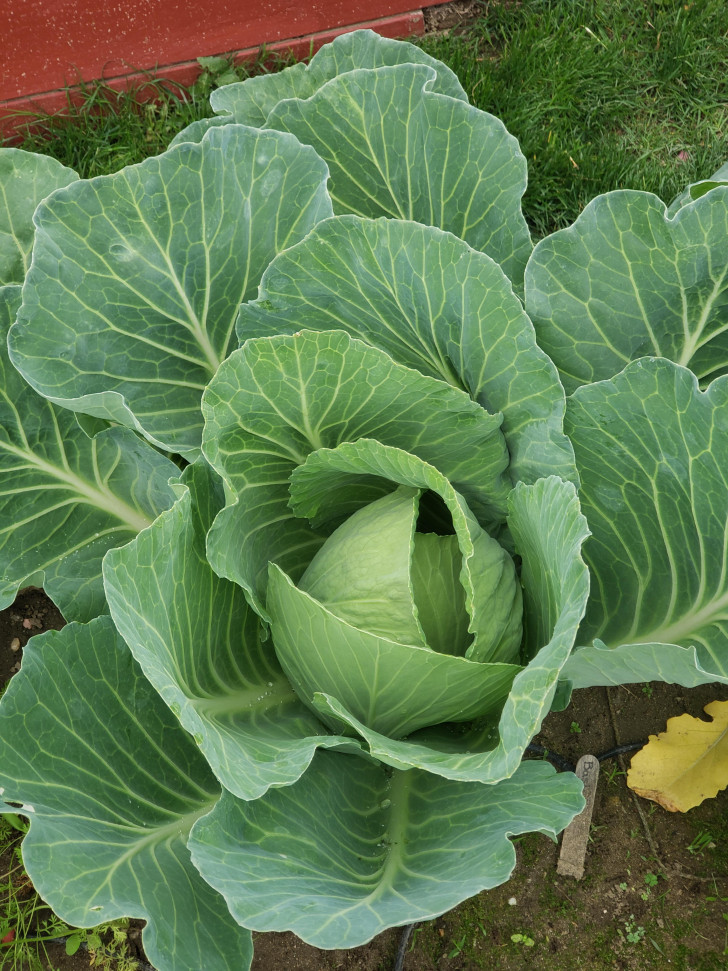
Cabbages
All species of the Brassicaceae family compete with strawberries for nutrients and intercropping cabbages with strawberries should not be attempted.
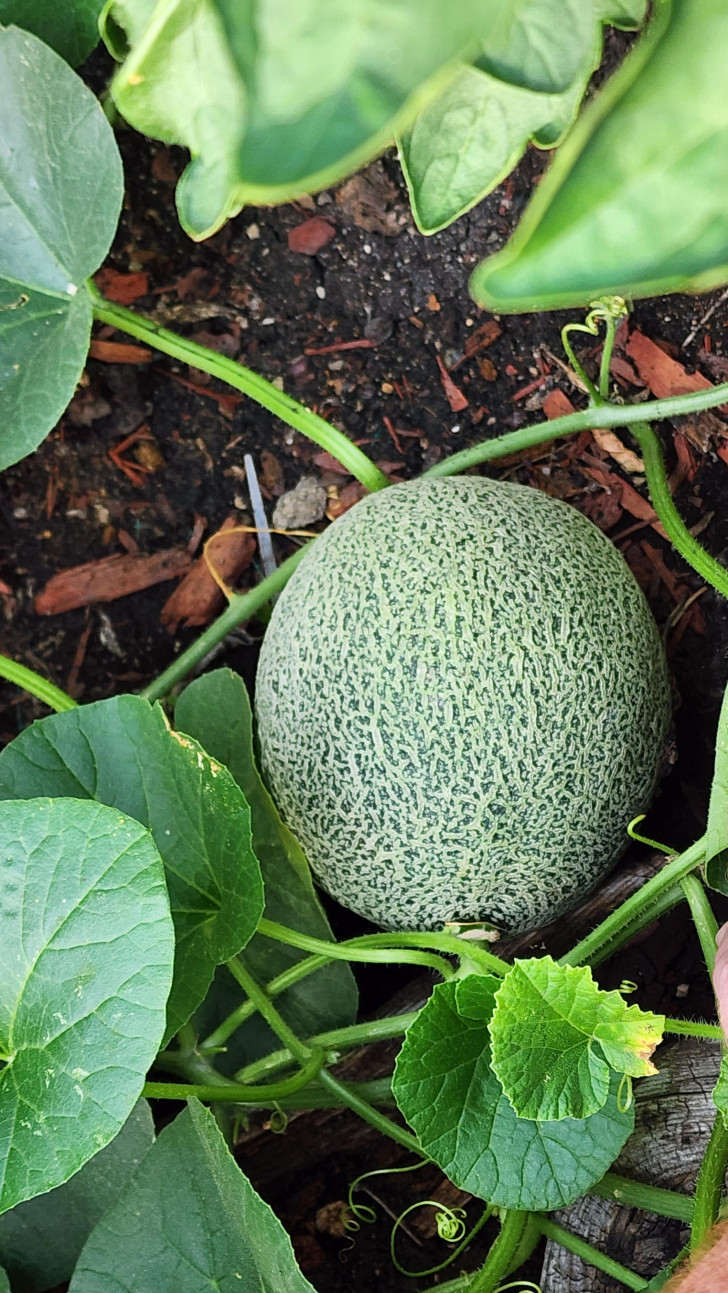
Melons
Melons will also compete with strawberries for nutrients and space and should not be intercropped with them.

Roses
Roses belong to the same family as strawberries and, for this reason, the two species will compete for nutrients.
Mint
Although its flowers will attract pollinators, mint should not be grown next to strawberries as it could easily transmit diseases and parasites.
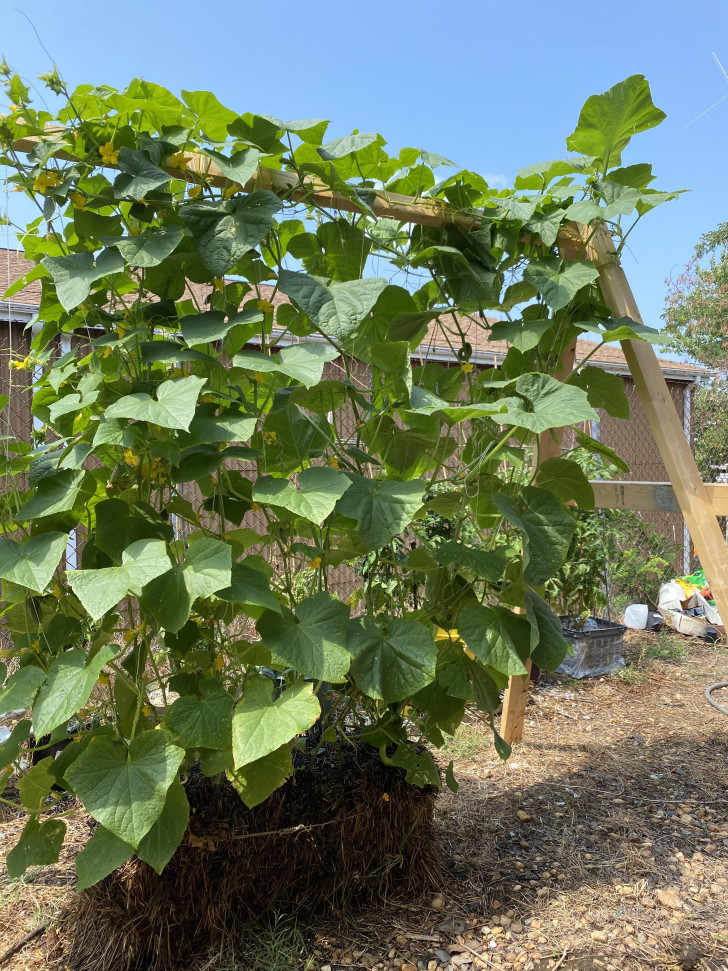
Cucumbers
Finally, cucumbers can also attract parasites and diseases to which strawberries are particularly vulnerable.
Did you already know about the benefits of intercropping?





